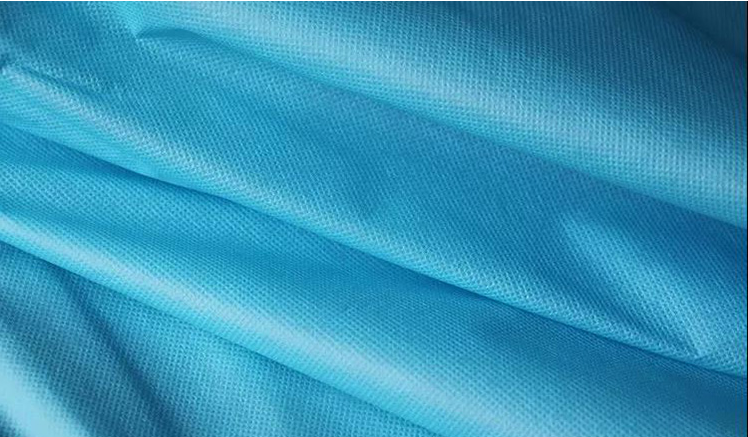Global epidemics are one after another, and the textile and apparel industry is also moving forward in the economic recovery. The new situation has accelerated the technological transformation of the industry, gave birth to new business forms and new models, and also triggered changes in consumer demand.

From the perspective of consumption patterns, retail is shifting to online
The trend of retail shifting to online is obvious, and it will continue to rise within a certain period of time. In the United States, in 2019, it is predicted that the penetration rate of e-commerce will reach 24% in 2024, but by July 2020, the share of online sales has reached 33%. In 2021, although the fear of the epidemic continues, U.S. clothing expenditure rebounded rapidly and showed a new growth trend. Global clothing spending growth is expected to be optimistic. The impact of the epidemic on people’s lifestyles will continue, and the general trend of online sales will therefore be accelerated and continued.
Although the epidemic has caused a fundamental change in consumer shopping patterns and rapid growth in online sales, even if the epidemic is completely over, the online and offline integrated shopping model will become the new normal. According to statistics, 17% of consumers will purchase all or most of their items online, and those who only shop in physical stores have dropped from 71% to 51%. Of course, for clothing buyers, physical stores still have the advantages of being able to try on and easy to consult.
From the perspective of consumer products, sportswear and functional clothing will become a new hot spot in the market
The epidemic has further aroused consumers’ attention to health, and the sportswear market will usher in great development. According to statistics, the sales of sportswear in China last year was 19.4 billion U.S. dollars (mainly including sportswear, outdoor clothing, and clothing with sports elements), which is expected to increase by 92% in 5 years; and the sales of sportswear in the United States have reached 70 billion U.S. dollars. And it is predicted to grow at an annual growth rate of 9% in the next 5 years.
From the perspective of consumer expectations, more comfortable clothing with functions such as moisture wicking, temperature control, odor removal, wear resistance, and water repellency is more likely to attract consumers. The report shows that 42% of respondents believe that wearing comfortable clothing can improve their mental health, making them feel happy, inner peace, leisure and even safety. Compared with man-made fibers, 84% of respondents believe that cotton clothing is the most comfortable, and the consumer market for cotton textile products still has a lot of room for development, and cotton’s functional technology should receive more attention.
From the perspective of consumption concept, sustainable development has received more attention
From the current trend, consumers have high expectations for the sustainability of clothing. They hope that from clothing production to recycling, they can reduce environmental pollution in a more environmentally friendly way. The survey results show that 35% of respondents are aware of the pollution of plastic particles, and 68% of them claim that it will affect their clothing purchase decisions. This requires the textile industry to start from raw materials, pay attention to the degradability of materials, and guide consumers’ purchase decisions through the popularization of sustainable concepts.
In addition to degradability, from the consumer’s point of view, improving durability and reducing resource waste are also one of the means of sustainable development. Ordinary consumers are accustomed to judging the durability of clothing based on the durability of washing and fiber components. Influenced by their traditional dressing habits, they prefer cotton products emotionally. Based on consumers’ demand for cotton quality and durability, it is necessary to further enhance the abrasion resistance and fabric strength of cotton fabrics in order to improve the function of textiles.
Post time: Nov-13-2021
